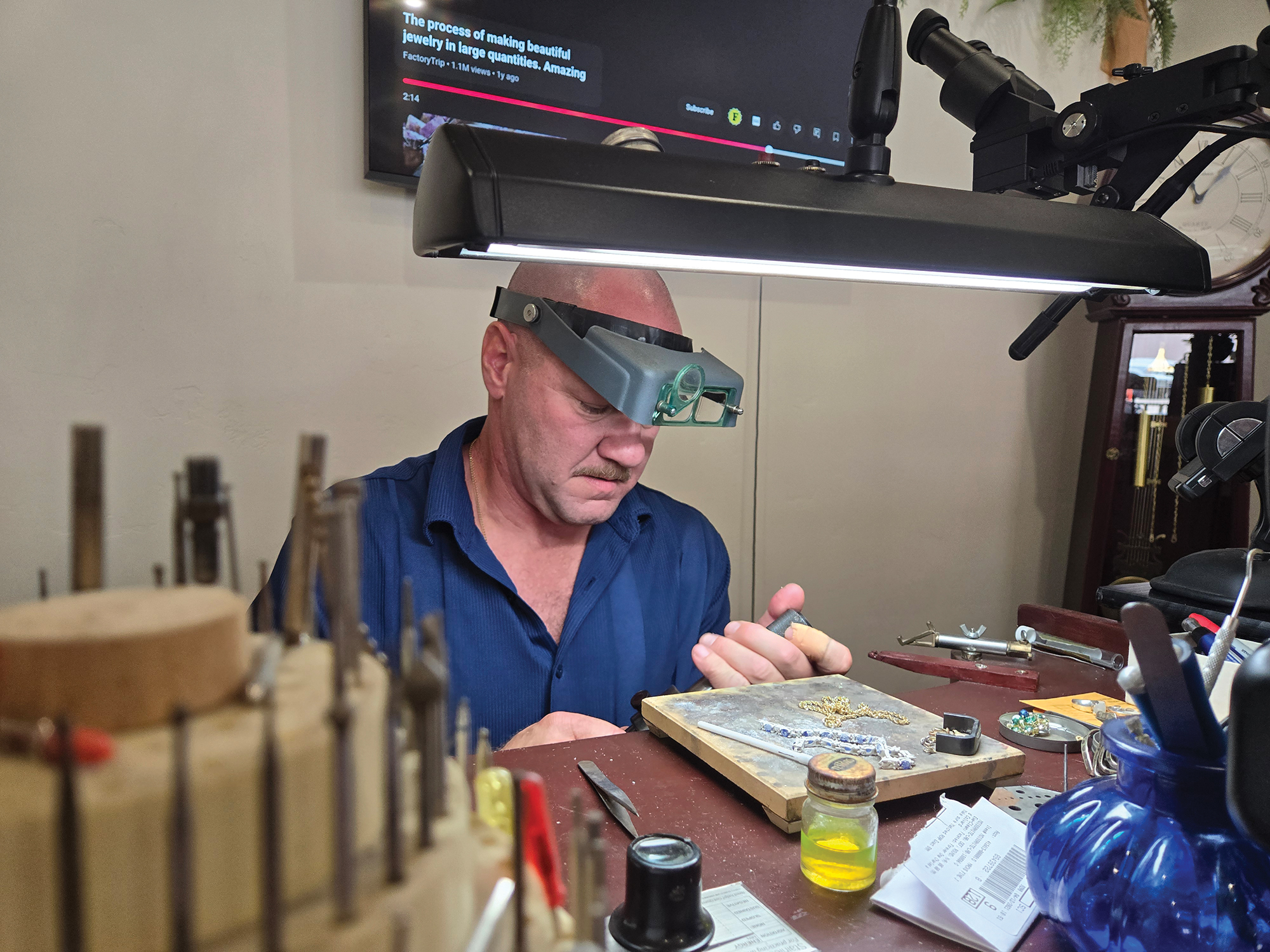The natural world: Make the most of the magic hour
Published 3:00 am Saturday, August 5, 2023
Following a hasty dinner of warmed up Dinty Moore beef stew, I leave my wife and kids swatting mosquitoes around the campfire. A fruitless afternoon was spent casting to skittish trout within shouting distance of our tent.
Barely enough light remains to make out a well-worn angler trail that twists and turns through shoulder-high sagebrush to the Blitzen River. Securing a place to cast between overhanging willow, I am startled when an eager trout torpedoes my No. 12 Blue Dun on a practice cast.
Three redband trout up to 14 inches long are hooked and released before I break off the fly on a tree branch. A waxing quarter moon provides barely enough light for me to stumble back to camp.
What is it about that last hour of the evening — when wind lessens, light dims, birdcall turns to twitter — that induces trout to become more active?
One factor in an end-of-the-day spike in feeding activity is the hatch behavior of aquatic insects. Scientific studies show that bottom-dwelling larvae and pupae suspend in the water column and are carried downstream in the current immediately following sundown. Although adult caddisflies and midgeflies emerge from the water column throughout the day, transformation from pupae to the adult stage often peaks during the evening. Mating swarms in late afternoon and evening also trigger trout feeding.
Stillwater trout constantly search for something to eat while stream trout hold station waiting for food to be delivered to them. In both scenarios, trout spend the majority of their time near the bottom looking up. Insects and other prey located high in the water column or floating at the surface appear conspicuous when silhouetted against the evening sky. During brief periods of low light, fly patterns having silhouette and contrast are likely to induce a take, as are those constructed of reflective material. Imparting erratic motion to your fly may also get their attention.
The need for trout to remain close to cover is one reason angling creates a challenge on rivers that attract a crowd. Trout wary of streamside activity and boat traffic do not readily rise to a fly. Past experience on the Deschutes River clued me to wait until evening shadows formed, after which trout came out from places that appeared empty at high noon. The same trout that spooked to a dry fly delivered on a 5x tippet smacked the same offering at the last vestige of light.
According to Jason Randolph, author of the book “Trout Sense,” trout have both cones and rods in their retina. Light-sensitive cones are essential for low-light or nocturnal vision, while cones function in color vision. Because the ability of trout to see color is diminished at dusk, lures that incorporate size and contrast should be favored over color.
Low-light trout vision was recently demonstrated at a mile-high lake in the Blue Mountains of Northeastern Oregon. Flickering campfires suggested others had settled down for the night. Walking to the water’s edge, I saw a large trout feeding at the edge of the bulrushes. One cast later it sucked down my Black Midge and jumped twice before diving into the weeds. Eager to put something on my stringer, I waded in, worked the fish loose, and tossed it onto the bank. I continued to cast, feeling my way along the shoreline, hooking and releasing trout after trout. Then — just like that — the sound of slurping trout was replaced by tree frogs calling, and action quit.
I’ve heard stories about anglers who use headlamps with a red filter to stretch the magic hour. Clear skies and favorable lunar events can also lead to a spectacular fishing. The latter example leads to one last tale about a lowland seep lake when a full moon rose bright. Aggressive takes by big-shouldered trout led to long searing runs that took my fly line down to the backing. Who could quit given all this action? I had promised my wife to be home by dark but forgot to factor time required to paddle back to the launch, gather my gear, hike 2 miles in the dark through sagebrush hills to the truck, and drive 50 miles on a twisting county road. Luckily, I arrived home in time to quash her rescue call to the county sheriff.
If there is a take-home message, it’s to schedule campground chores around the magic hour. Eat an early dinner and wash those dirty dishes in the dark. Twilight is when trout abandon their senses and twilight is when you should elevate your game. Cast until you can’t see the tip of your rod, lose your fly on a tree, or the splash of feeding trout is replaced by the hoot of a screech owl.










